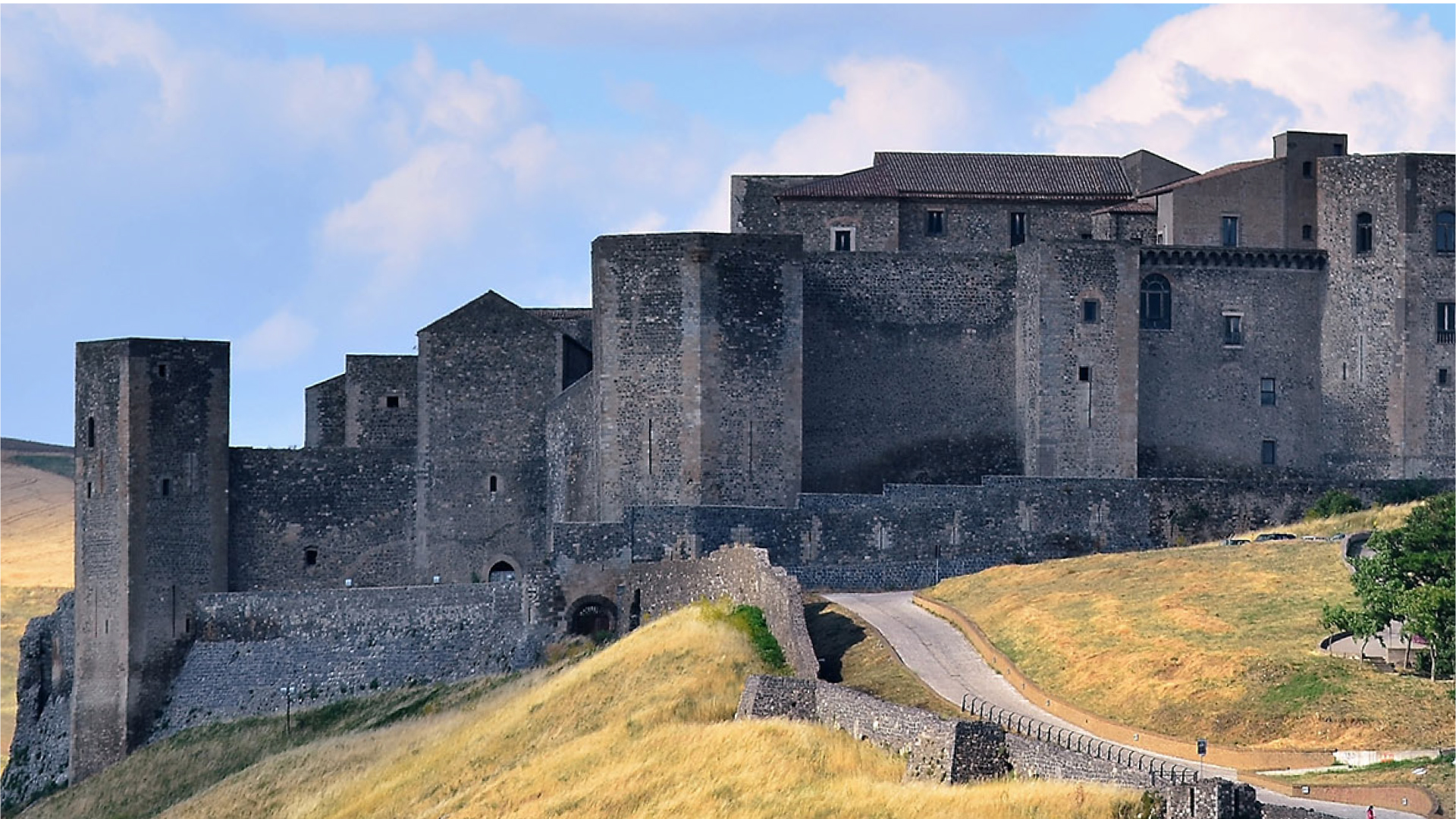Frederick II of Swabia, Emperor of the Holy Roman Empire, a charismatic figure in the history of the South, loved Basilicata and, in particular, Vulture. Numerous traces of his passage are scattered here, starting from Melfi, where the castle that he enlarged and modified still stands, witness to events that have made history.
During Frederick's reign, Melfi became an important cultural and administrative centre: in the castle, removed from the power of officials and placed under the direct control of the emperor, the Kingdom's Archive and the High Court of the Counts were installed, to which all the royal officials reported and which centralised the administration of finances. Audits and payments for stonemasons, carpenters and the accounting of all purchases were also carried out here. Anticipating the more ambitious plan to create the University of Naples, he established a Schola Humanitatis there to prepare the members of the Magna Curia.
Melphia was a centre famous throughout the Empire, where nobles and vassals arrived to pay homage or receive privileges, as well as hosts of religious, crusaders, pilgrims and thaumaturges of all philosophies. Work and art flourished on all sides.
The emperor expanded an art school outside the guilds and sought out local artists, having them sculpt elegant portals and architectural details. Famous architects and sculptors were called in to support them: Melchiorre da Montalbano, the brothers Andrea and Sarolo from Muro Lucano and the stonemason Mele from Stigliano. The village was buzzing with activity, overseen by Bishop Richerio, the great executioner who supported imperial policy, despite excommunications and papal bulls.
For Melfi, already rich in its own significant presence in the theatre of history, the year 1231 marked its full entry into the scenario of the formation of public law. It was here that the Constitutiones or Liber Augustalis were promulgated on 1 September, later defined as 'the birth of modern bureaucracy' or the creation of the first state work of art. For the realisation of this imposing work Frederick summoned the best jurists of the King's Curia, including the Capuan Pier delle Vigne, prothonotary of the kingdom, made famous by Dante in the XIII canto of the Inferno.















